Overview
Everest Three pass + Everest Base camp trek in 19 Days
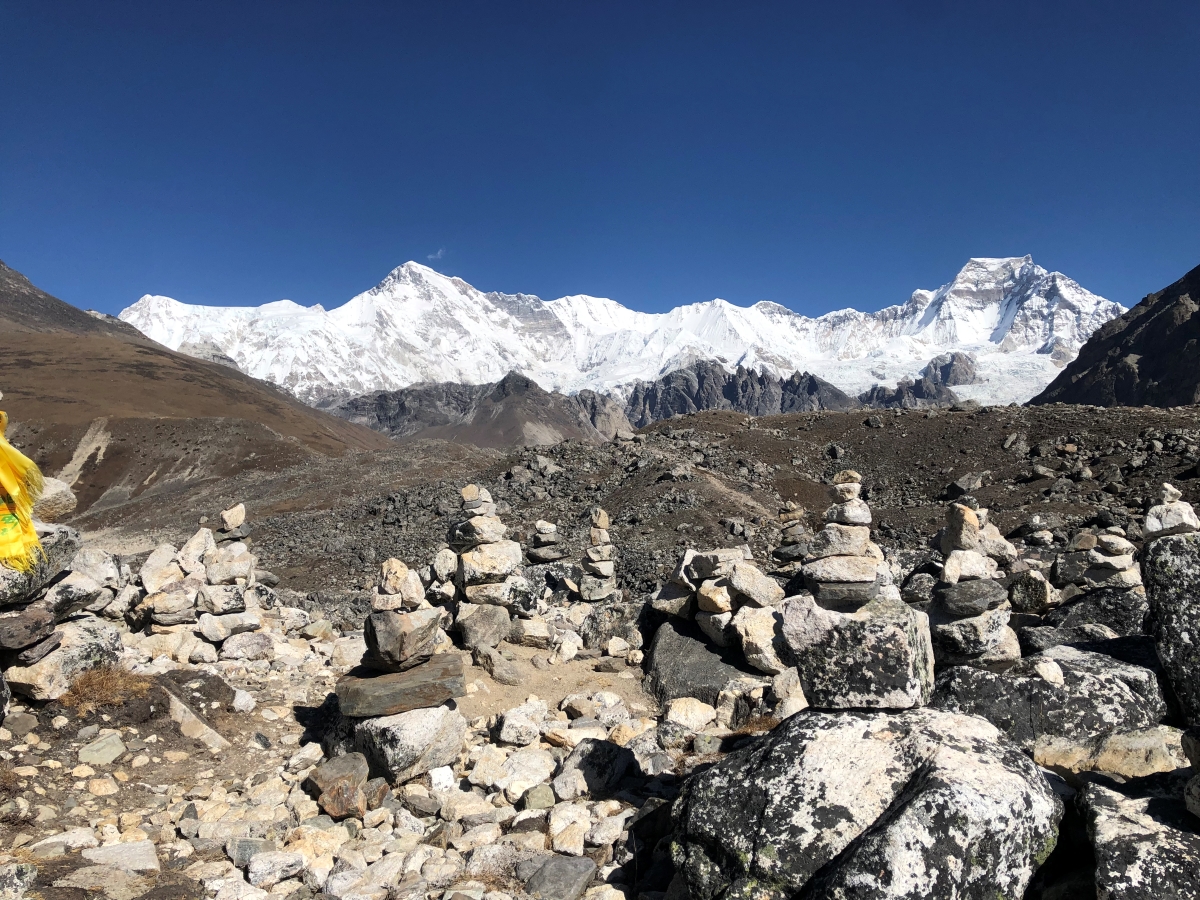
🏔️ Major High Passes (Altitude)
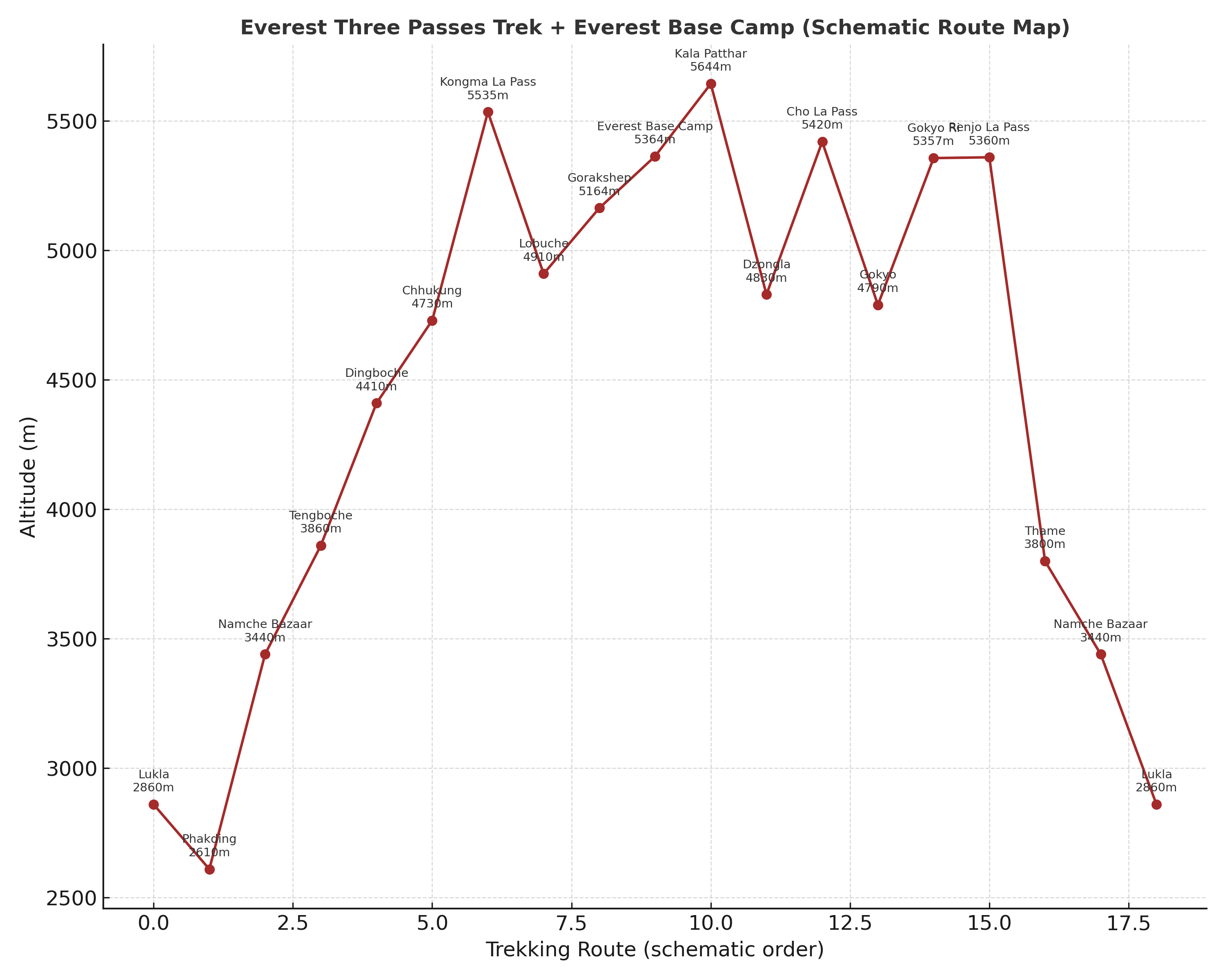
🗺️ The Three Passes & Their Valleys
1. Kongma La Pass (5,535 m / 18,159 ft)
Connects Chhukung Valley and Lobuche (Everest Base Camp trail)
Least traveled and most challenging due to lack of tea houses en route
Offers dramatic views of Ama Dablam, Makalu, and Lhotse
2. Cho La Pass (5,420 m / 17,782 ft)
Links Dzongla (EBC side) with Thangnak and Gokyo Valley
Involves glacier crossing and steep ascents/descents
One of the more technical passes; caution is needed during snow or icy conditions
3. Renjo La Pass (5,360 m / 17,585 ft)
Connects Gokyo with Marlung and the Thame Valley
Offers a wide, safe trail and jaw-dropping panoramas of Everest, Gokyo Lakes, and surrounding peaks
Considered the most scenic and slightly easier than the other two passes
🌍 Geographical Scope
The Three Passes trek covers multiple regions within the Khumbu:
Lukla to Namche Bazaar: Gateway to the Khumbu and Everest region
Imja Valley: Includes Dingboche, Chhukung, and access to Island Peak
Khumbu Glacier Zone: Includes Lobuche, Gorak Shep, Everest Base Camp, and Kala Patthar
Gokyo Valley: Famous for Gokyo Lakes and Gokyo Ri (5,360m)
Bhote Koshi Valley: The trail through Thame leads back to Namche via less-visited Sherpa settlements
🏔️ Trek DifficultyThe Everest Three Passes Trek is considered strenuous due to: Conqueri Trek and Expedition .
High Altitudes: Crossing passes above 5,300 meters increases the risk of altitude sickness.
Challenging Terrain: Steep ascents and descents, icy trails, and glacier crossings require good physical fitness.
Weather Conditions: Unpredictable weather can add to the difficulty.
Prior high-altitude trekking experience and physical preparation are highly recommended.
Everest High Passes - 19Days is the entry to the vicinity of Mt. Everest experiencing a splendid walk in the glaciers passing electrifying Renjo pass ,Cho-la Pass, and highest Khongma-la Pass attempting magnificent views of the Himalayas from Gokyo Lake.
This Trek is designed including an amazingly fun-walking trail that goes ups and down in the rolling hills as like waves in an ocean. View the perfectly integrated valley of Dudh Koshi river along with lush vegetation of National Park beautified by the panoramic view of the Himalayas.
Experience the authentic Sherpa culture in the mountainous villages, monasteries, the sacred mani-walls, fluttering colorful flags portraying spirituality, Chortains all the way demonstrating Himalayan Buddhism. Walk on the off beaten trail to the Gokyo Lake for a perfect view of Mt. Everest, Mt. Cho Oyu, Mt. Lhotse, Mt. Makalu, and Mt. Nuptse and cross the most exciting and thrilling Cho-la Pass. The most exciting and the highlight of this trek is when you walk along the Khumbu Glacier that extends from Khumbu Icefall. Climb up the Kalapatthar for an astonishing view of snowcapped mountains and cross the highest Pass- the Kongma-La Pass is the ever exciting part of this trek.
🗺️ Key Locations & Their Altitudes
|
Location
|
Altitude (meters)
|
Altitude (feet)
|
|---|---|---|
|
Lukla
|
2,860 m
|
9,383 ft
|
|
Phakding
|
2,610 m
|
8,563 ft
|
|
Namche Bazaar
|
3,440 m
|
11,286 ft
|
|
Tengboche
|
3,860 m
|
12,664 ft
|
|
Dingboche
|
4,410 m
|
14,468 ft
|
|
Chhukung
|
4,730 m
|
15,518 ft
|
|
Lobuche
|
4,940 m
|
16,207 ft
|
|
Everest Base Camp
|
5,364 m
|
17,598 ft
|
|
Gorak Shep
|
5,164 m
|
16,942 ft
|
|
Kala Patthar
|
5,545 m
|
18,192 ft
|
|
Dzongla
|
4,830 m
|
15,846 ft
|
|
Gokyo
|
4,790 m
|
15,715 ft
|
|
Gokyo Ri
|
5,360 m
|
17,585 ft
|
|
Marlung
|
4,210 m
|
13,812 ft
|
⛑️ Acclimatization Advice
Due to the extreme altitudes:
Spend at least two acclimatization days (commonly in Namche Bazaar and Dingboche).
Follow the rule: “Climb high, sleep low.”
Be aware of symptoms of Acute Mountain Sickness (AMS): headache, nausea, dizziness, insomnia.
ACCOMODATION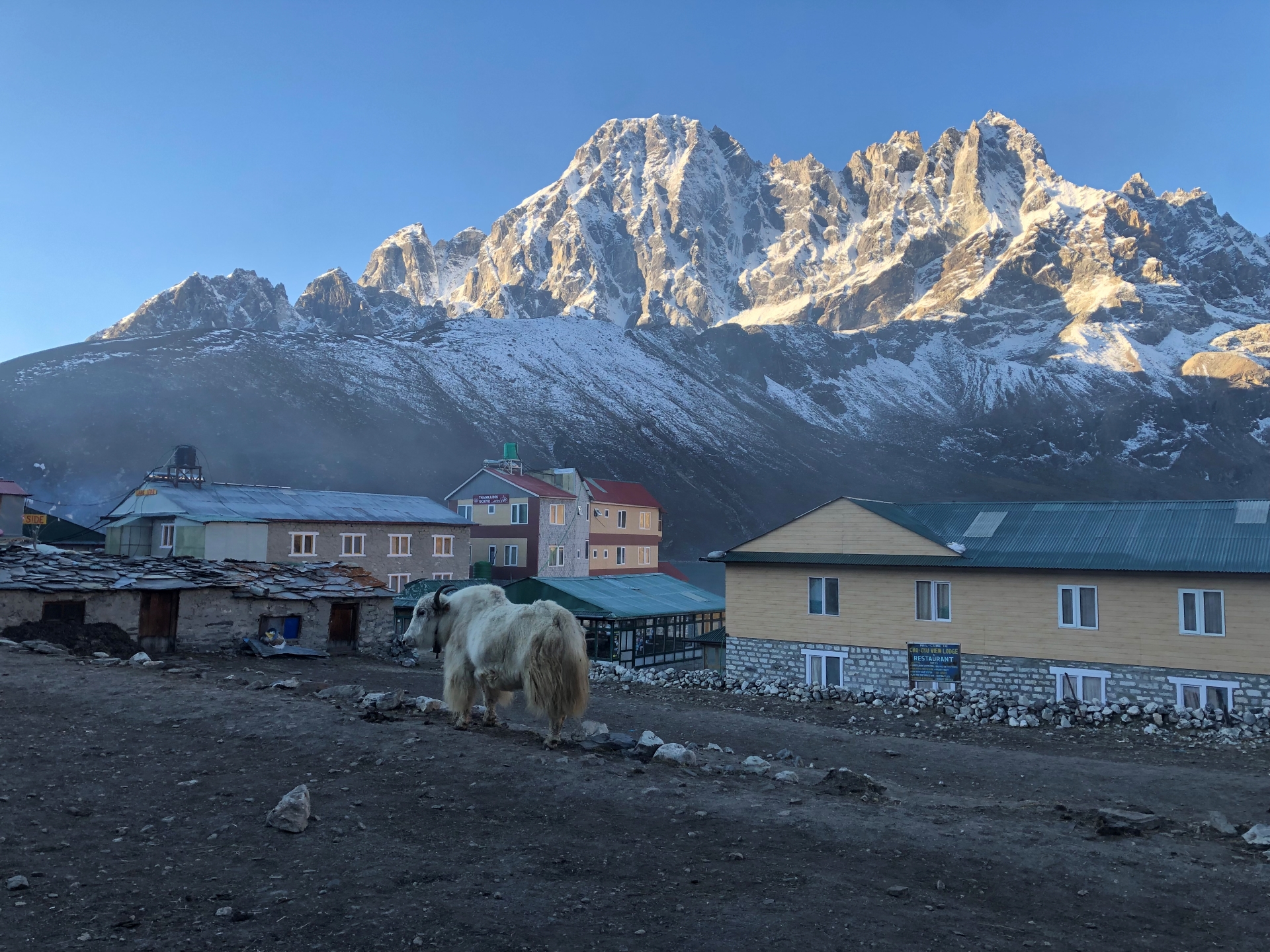
We will be staying at best hotel in kathmandu, a 3-star hotel in Kathmandu; and tea houses during the trek. All accommodations are on twin-shared basis. Single supplement will be served on request and will cost an additional USD 320. Conqueri will arrange rooms with attached washrooms; however, tea houses in some places only have shared washing and toilet facilities. Also note that single rooms are readily available in Kathmandu and the trekking regions at lower elevation but it might be difficult to find them at higher elevations.

We will be staying at best hotel in kathmandu, a 3-star hotel in Kathmandu; and tea houses during the trek. All accommodations are on twin-shared basis. Single supplement will be served on request and will cost an additional USD 320. Conqueri will arrange rooms with attached washrooms; however, tea houses in some places only have shared washing and toilet facilities. Also note that single rooms are readily available in Kathmandu and the trekking regions at lower elevation but it might be difficult to find them at higher elevations.
MEALS
All meals will be provided during trekking while only breakfast will be available in Kathmandu. There will also be welcome and farewell dinners for guests. While on trek, we have breakfast and dinner in the tea-houses/lodges we spend the night and lunch on our way to the next destination. Nepalese, Tibetan, the more common continental and Indian cuisines are common choices in the menu.

All meals will be provided during trekking while only breakfast will be available in Kathmandu. There will also be welcome and farewell dinners for guests. While on trek, we have breakfast and dinner in the tea-houses/lodges we spend the night and lunch on our way to the next destination. Nepalese, Tibetan, the more common continental and Indian cuisines are common choices in the menu.
PHYSICAL CONDITION & EXPERIENCE REQUIREMENTS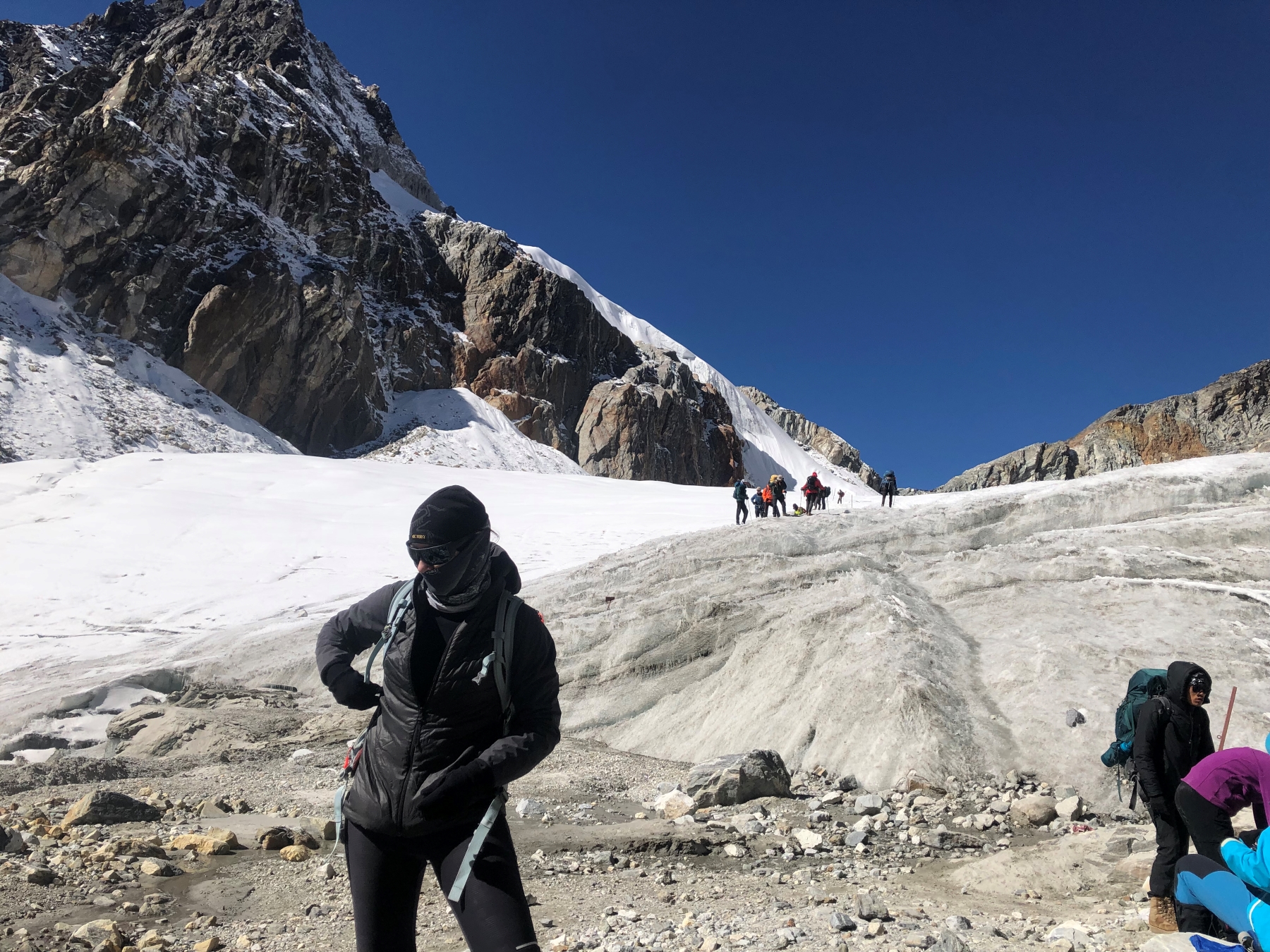
Walking in higher altitudes is more physically demanding than walking in the lower altitudes, however, if we are in excellent health with average physical fitness, have a positive attitude, self-confidence, and strong determination, we can accomplish the trek successfully. Exercising and jogging regularly for some weeks prior to the trip is a good idea to enhance our strength and stability. Past hiking experience would be an asset but no technical skill is required for this trip. It is important that we consult with our doctor before we decide and set up for the Everest Base camp trek. Participants with pre-existing medical conditions such as heart, lung, and blood diseases should inform Treks Planner Nepal before booking the trek.

Walking in higher altitudes is more physically demanding than walking in the lower altitudes, however, if we are in excellent health with average physical fitness, have a positive attitude, self-confidence, and strong determination, we can accomplish the trek successfully. Exercising and jogging regularly for some weeks prior to the trip is a good idea to enhance our strength and stability. Past hiking experience would be an asset but no technical skill is required for this trip. It is important that we consult with our doctor before we decide and set up for the Everest Base camp trek. Participants with pre-existing medical conditions such as heart, lung, and blood diseases should inform Treks Planner Nepal before booking the trek.
BEST TIME TO TRAVEL

AUTUMN ( SEPTEMBER - NOVEMBER)
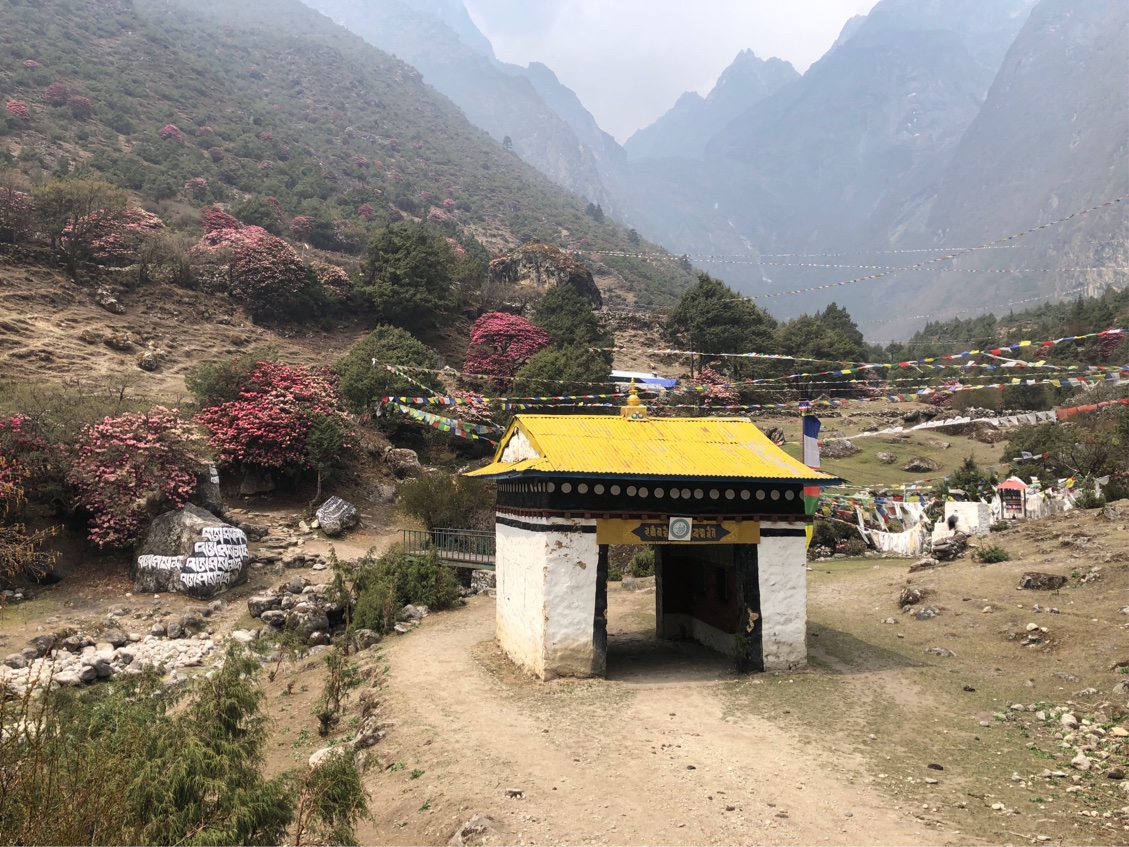
SPRING ( MARCH - MAY)
The best time to trek to the Three pass in Everest region is Spring (March to May) and Autumn (September to November). The temperature is moderate in these seasons and guarantees amazing views through the trip. Although this trek can be undertaken during winter, the cold temperature might not be suitable for everyone.
TRIP START DATES
We will organize this trip on the dates requested by you. Please contact us for your customized departure date.
💰 Cost Breakdown (Per Person)
Costs vary based on services, group size, and itinerary specifics:
Normal Packages
Guide- 30 USD/Per day -Total 16 Days-480USD/per guide
Porter- 25 USD/per day/per porter-16 Days-400USD/per porter
Flight Ticket - Round trip 430-550 USD ( Depending on carrier, Date and availability)
Sagarmatha permit - 30 USD/per person
Local Government permit - 20 USD/Per person
Nepalese Staff Insurance- 30 USD/Per staff
Nepal Government Tax 13%
All in Total cost around 1,510 USD/ Per person for 16 Days Three pass trek ( Cost Depending on group size?
Standard Packages: 1,450 USD-1,650USD
Group size?
1-3 Person - 1650 USD per person
4-9 Person - 1550 USD Per person
10- 15 Person 1450 USD Per person
Cost Includes
Ktm/Ramechhap-Lukla-Lukla-Ramechhap/KTM Flight Ticket,
Guide,Porter/ 2 clients 1 Porter
Sagarmatha National Park Permit
,Local Government Permit,
Accomodation/ common Twins Sharing bed & Breakfast/Lunch/Dinner one item,Black tea,
Staff Insurance
International/Domestic airport Pickup and Drove,2
nights Hotel in Kathmandu/3-4 star hotel includes breakfast.,
Government Tax.
Note- This packages you can get one item chose Menu/Breakfast/Lunch/Dinner and cup of any kind of tea
Deluxe Packages:1,950 USD-2,150 USD
Group Size?
1-3 person - 2150 USD/Person
4-9 person - 2050 USD/person
10-15 person -1950 USD/Person
Cost Includes
Ktm/Ramechhap-Lukla-Lukla-Ramechhap/KTM Flight Ticket
,Guide,Porter/ 2 clients 1 Porter
,Sagarmatha National Park Permit,Local Gverment Permit,
Accomodation/ common Twins Sharing bed
Breakfast/Lunch/Dinner as your choice menu,Tea/Coffee,
Nepalese staff Insurance
International/Domestic airport Pickup and Drove,
2 nights Hotel in Kathmandu/3-4 star hotel includes breakfast
Government Tax.
Note- This packages you can choose more then two item meal for every Dinner/Breakfast/Lunch & Tea
Super Deluxe Packages: 2,650USD-2,850USD
Group size?
1-3 person- 2850 USD
4-9 person -2750 USD
10-15 person-2650 USD
Cost Includes
Ktm/Ramechhap-Lukla-Lukla-Ramechhap/KTM Flight Ticket,
Guide,Porter/ 2 clients 1 Porter,
Sagarmatha National Park Permit,Local Gverment Permit,
Accomodation/ Attached bath room/ twins Sharing bed( where is available during trekking)
Breakfast/Lunch/Dinner as your choice menu,Tea/Coffee,
Nepalese staff Insurance,
International/Domestic airport Pickup and Drove,
2 nights Hotel in Kathmandu/3-4 star hotel includes breakfast.
Government Tax.
Note- This package we provides the best accomodation with attached bath room during trekking ( where is available / Breakfast/lunch/dinner/ tea coffee as your choice, 4-5 star hotel in kathmandu.
COST EXCLUDES
Air Fare: International flight airfare (from and to Kathmandu)
Nepal entry Visa fee: $ 50 USD for 30 days and $ 150 USD for 90 Days.
Lunch & Dinner: Lunch & dinner during the stay in Kathmandu (also in case of early return from Trekking / Expedition than the scheduled itinerary).
Extra night in Kathmandu: Extra nights’ accommodation in Kathmandu. In case of early arrival or late departure, early return from Trekking / Expedition (due to any reason) than the scheduled itinerary.
Insurance: Travel and high-altitude insurance, accident, helicopter medical & emergency evacuation. *Mandatory
Rescue Evacuation: Medical and emergency rescue evacuation cost if required. (Rescue, Repatriation, Helicopter, Medication, Medical Tests and Hospitalization costs.)
Personal Expenses: Telephone, Internet, Toiletries, battery recharge, hot shower, laundry, any Alcoholic beverages (during the trek and in Kathmandu).
Personal Equipment: Clothing, Packing Items or Bags, Personal Medical Kit, Personal Trekking /Climbing Gears.
Toiletries: Soaps, shampoos, toilet and tissue papers, toothpaste, and other items used to keep yourself clean.
Filming: Special Filming, Camera and Drone permit fee.
Internet Service: Not included during the trek.
Tips: After the trek Tips for Nepalese staff ( Porter, Guide, Assistance guide )
🗓️ Everest Three Passes Trek Itinerary (19 Days)
Day 1: Arrival in Kathmandu (1,400m)
Airport pickup and hotel transfer
Trek briefing and equipment check
Day 2: Fly to Lukla (2,860m) and Trek to Phakding (2,610m)
Flight: 35 minutes
Trek: 3–4 hours
Day 3: Trek to Namche Bazaar (3,440m)
Trek: 6–7 hours
First view of Mt. Everest en route
Day 4: Acclimatization Day in Namche Bazaar
Optional hike to Hotel Everest View (3,880m)
Explore Sherpa museum and local markets
Day 5: Trek to Tengboche (3,860m)
Trek: 5–6 hours
Visit Tengboche Monastery
Day 6: Trek to Dingboche (4,410m)
Trek: 5–6 hours
Views of Ama Dablam and Lhotse
Day 7: Trek to Chhukung (4,730m)
Trek: 3–4 hours
Optional hike to Chhukung Ri (5,546m)
Day 8: Acclimatization/Rest Day in Chhukung
Optional hike or rest day before first pass
Day 9: Cross Kongma La Pass (5,535m) to Lobuche (4,910m)
Trek: 7–8 hours
Challenging day, minimal facilities
Day 10: Trek to Gorak Shep (5,170m), Visit Everest Base Camp (5,364m)
Trek: 6–7 hours
Overnight in Gorak Shep
Day 11: Hike to Kala Patthar (5,545m), Trek to Dzongla (4,830m)
Best sunrise views of Everest
Trek: 6–7 hours
Day 12: Cross Cho La Pass (5,420m), Trek to Thangnak (4,700m)
Trek: 6–7 hours
Glacier crossing, steep descent
Day 13: Trek to Gokyo (4,790m)
Trek: 2–3 hours
Explore Gokyo Lakes
Day 14: Climb Gokyo Ri (5,360m), Rest in Gokyo
Panoramic views of Everest, Makalu, Cho Oyu
Optional visit to 5th Gokyo Lake
Day 15: Cross Renjo La Pass (5,360m), Trek to Marlung (4,210m)
Trek: 7–8 hours
Stunning views from the pass
Day 16: Trek to Namche Bazaar (3,440m)
Trek: 5–6 hours
Day 17: Trek to Lukla (2,860m)
Trek: 6–7 hours
End of trekking portion
Day 18: Fly back to Kathmandu
Flight: 35 minutes
Free time to relax or explore
Day 19: Final Departure or Extension Trip
Airport drop-off or continue on another Nepal adventure
Note: Itineraries can be customized based on preferences and acclimatization needs.
The Three Passes Trek in Nepal is one of the most challenging and rewarding treks in the Everest region, crossing Kongma La (5,535 m), Cho La (5,420 m), and Renjo La (5,360 m). Due to high altitude, remote conditions, and weather variability, your gear needs to be carefully chosen.
🎒 Three Passes Trek Essential Equipment Checklist
🏔️ 1. Clothing
Layering is key. Temperatures can range from hot at lower altitudes to extremely cold at the passes.
Base Layers
Moisture-wicking thermal top & bottom (e.g., merino or synthetic)
2–3 trekking shirts (quick-dry)
1–2 trekking trousers
Thermal underwear (at least 2 sets)
Insulating Layers
Fleece or synthetic mid-layer jacket
Lightweight down jacket (pack able)
Heavy down jacket (for high passes and evenings)
Outer Layers
Waterproof jacket (Gore-Tex or similar)
Waterproof pants
Windproof gloves + insulated gloves (or mittens)
Buff / neck gaiter
Warm hat (wool or fleece)
Cap or sun hat
Sunglasses (UV-protected, glacier rated ideally)
🥾 2. Footwear
Waterproof trekking boots (well-broken-in)
Gaiters (especially for snow on passes)
Camp shoes (for tea houses)
Merino or synthetic socks (4–5 pairs)
Sock liners (optional, help reduce blisters)
🎒 3. Gear
Backpack (50–65L, with rain cover, bag conqueri trek and expedition provide for trekking)
Day pack (20–30L, for daily carry if using porter)
Sleeping bag (rated to at least -15°C / 5°F)
Sleeping bag liner (for extra warmth/cleanliness)
Trekking poles (a must for the passes)
Headlamp (with extra batteries or USB rechargeable)
Water bottles (2L capacity min) or hydration bladder
Water purification (Steripen, filter, or tablets)
Trekking poles (essential on descents)
🍽️ 4. Personal Items
Sunscreen (SPF 50+)
Lip balm (SPF)
Basic first aid kit (include Diamox for altitude, if prescribed)
Wet wipes / tissues / sanitizer
Toiletries (toothbrush, toothpaste, small towel)
Nail clippers, tweezers
Quick-dry travel towel
Lightweight Microspikes (for icy passes – optional but recommended)
Top Headlamp Recommendations
Snacks, Extra food & water on pass day (no lodges) Energy bars/snacks, Electrolyte powder Etc.
First aid kit + altitude sickness meds (Diamox)
Lightweight book or e-reader
⚡ 5. Electronics
Power bank (10,000–20,000 mAh)
Charging cable + adapter (Nepal uses Type C, D, and M plugs)
Spare batteries (cold kills battery life quickly)
Offline GPS app (Maps.me, Gaia, or AllTrails)
Camera / phone/Earplugs (tea houses can be noisy)
🧾 6. Documents & Money
Passport + multiple passport copies + PP size photos
TIMS card + Sagarmatha National Park permit and Local Government permit ( Conqueri Trek and expedition will do it)
Insurance (must cover helicopter evacuation and medical )
Cash in NPR (for Extra Expenses – ATM are rare Conqueri will manage Accommodation/ Breakfast/Lunch/Dinner)
💪 Can You Do It?
Yes — if:
You train for it (hiking, cardio, strength)
You take your time (acclimatization days are key)
You stay hydrated and fueled
You listen to your body and don't rush
Many people aged 18 to 70+ have successfully completed the trek
If you need assistance in selecting a reputable trekking agency Conqueri trek and expedition pvt.ltd , is organizing and have further questions about preparing for the this Trek, feel free to contact us.

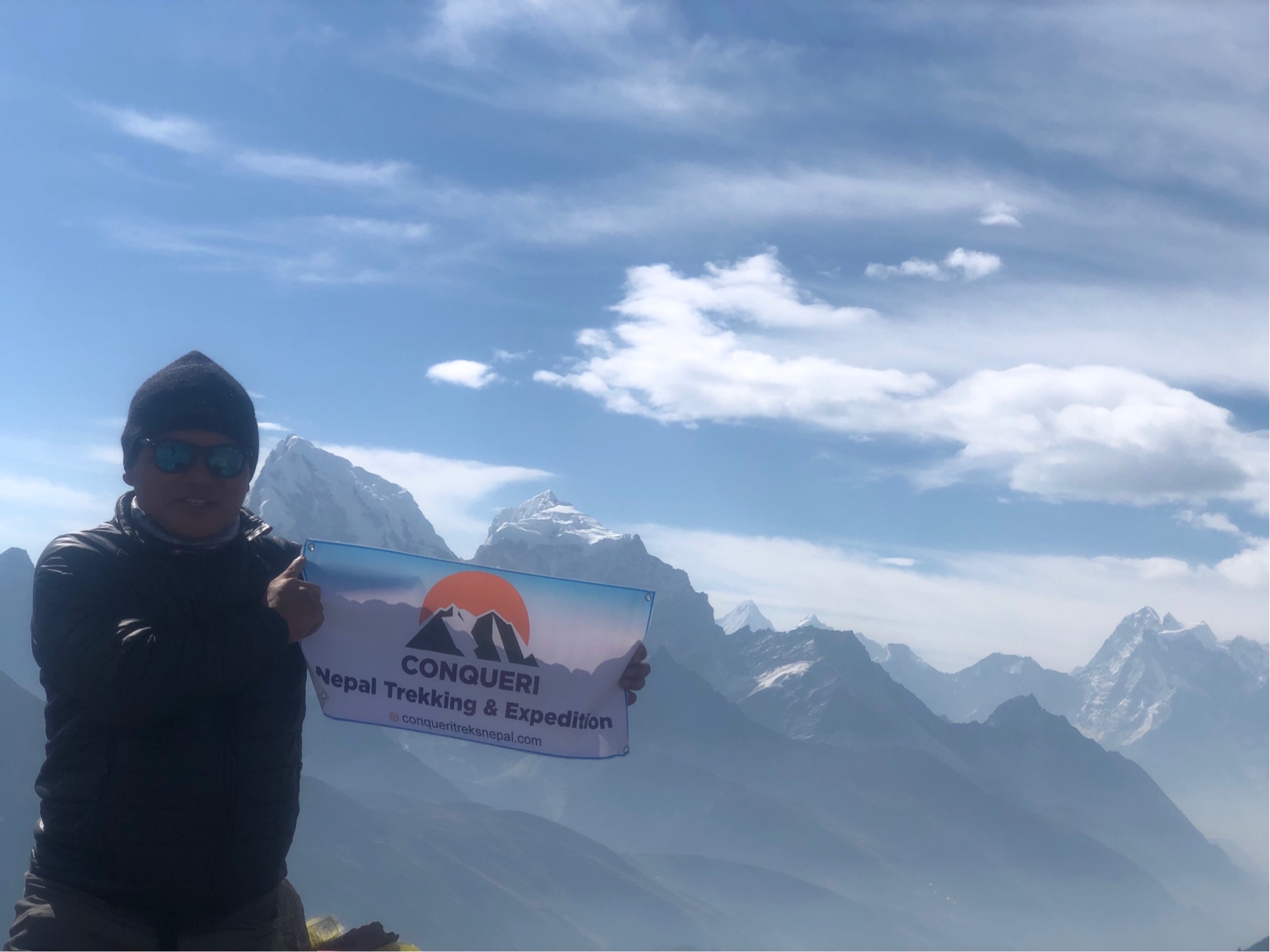
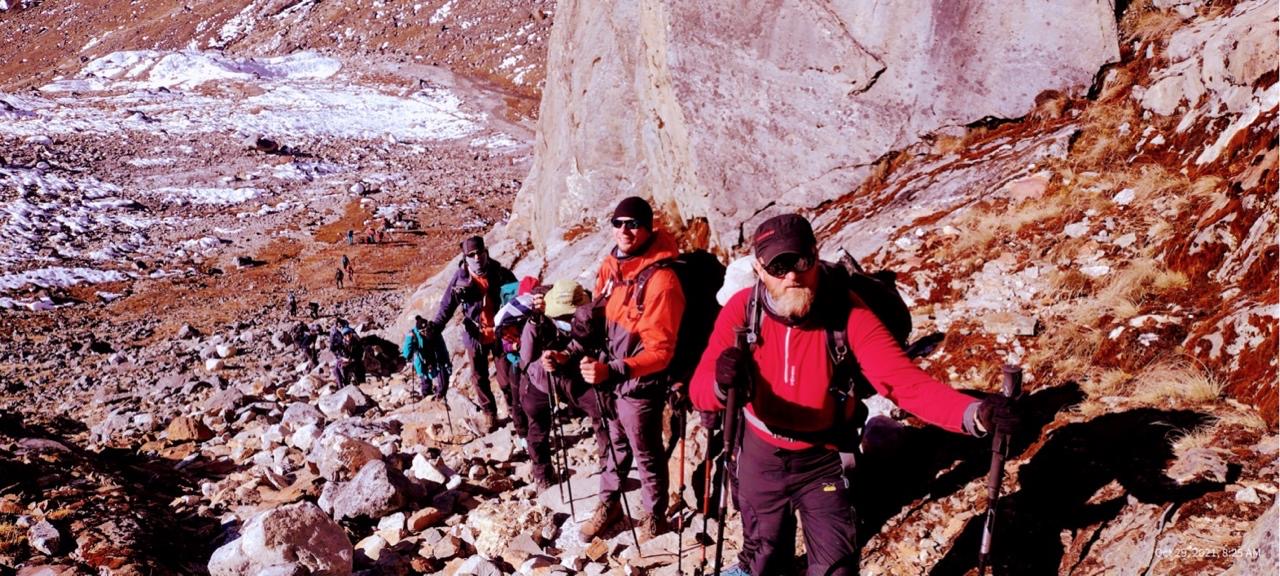
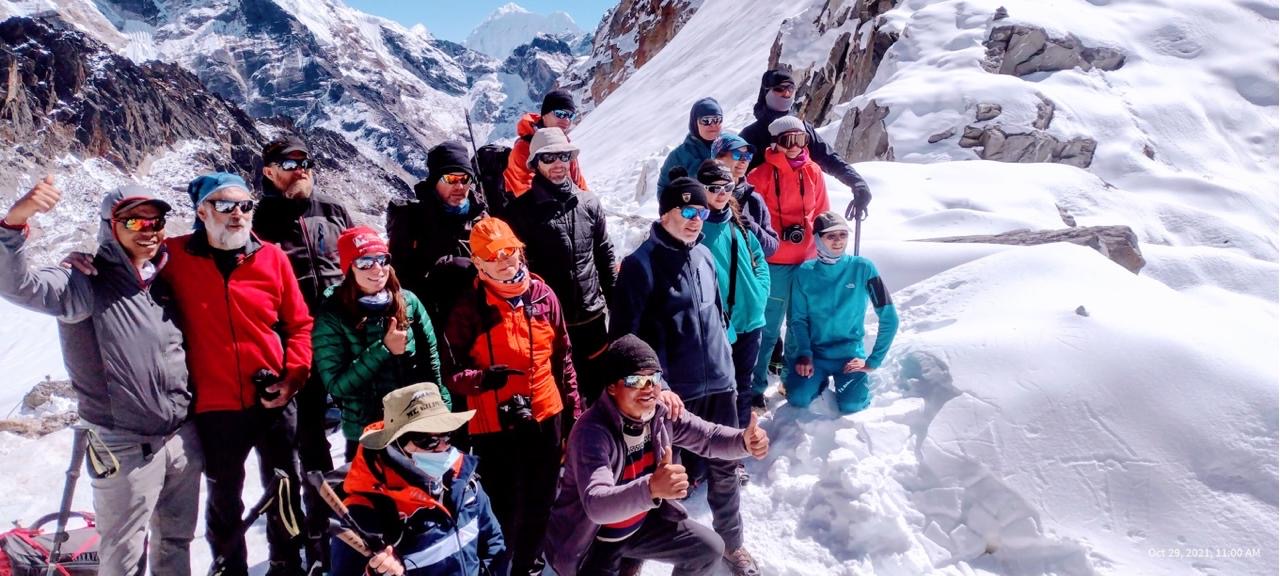
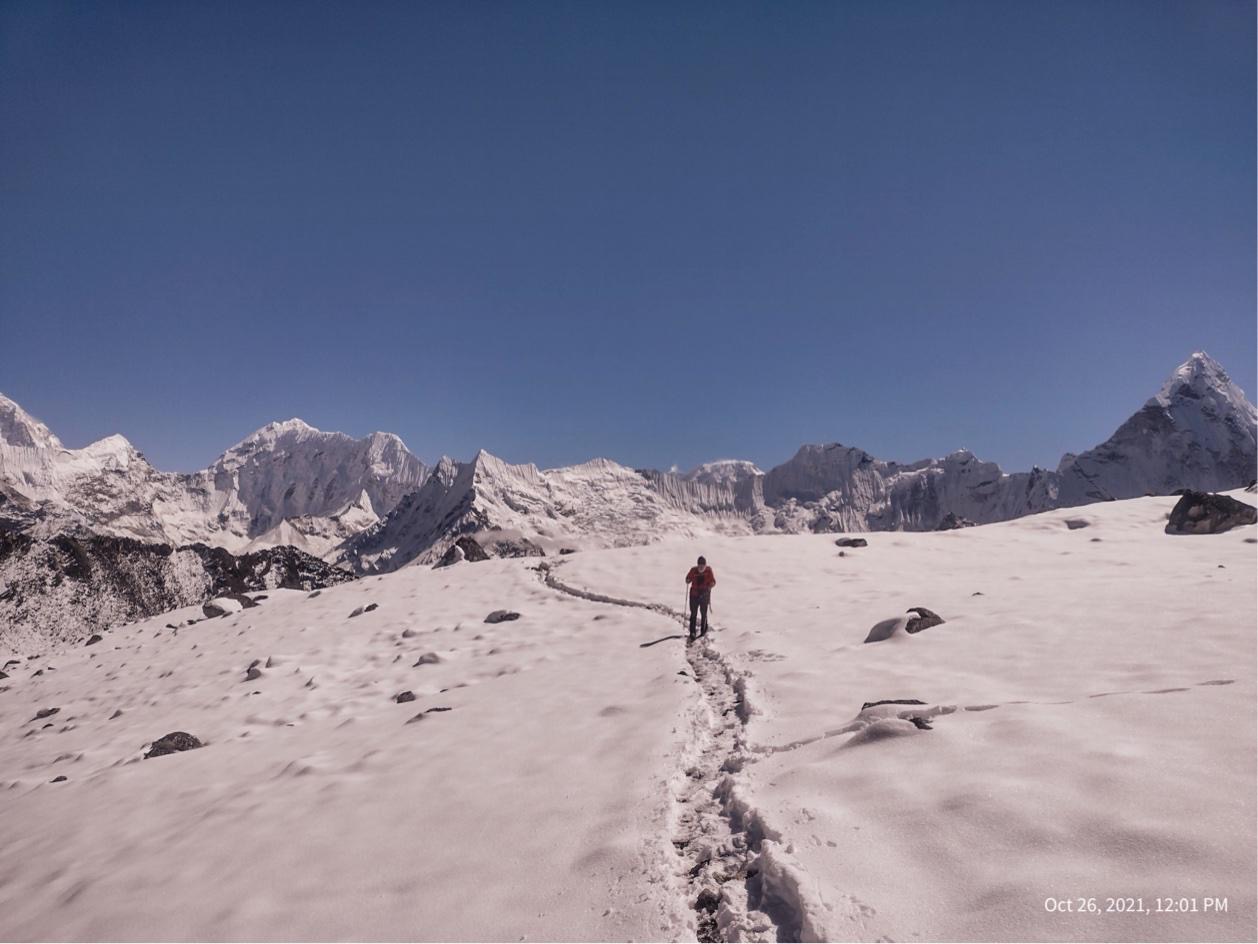
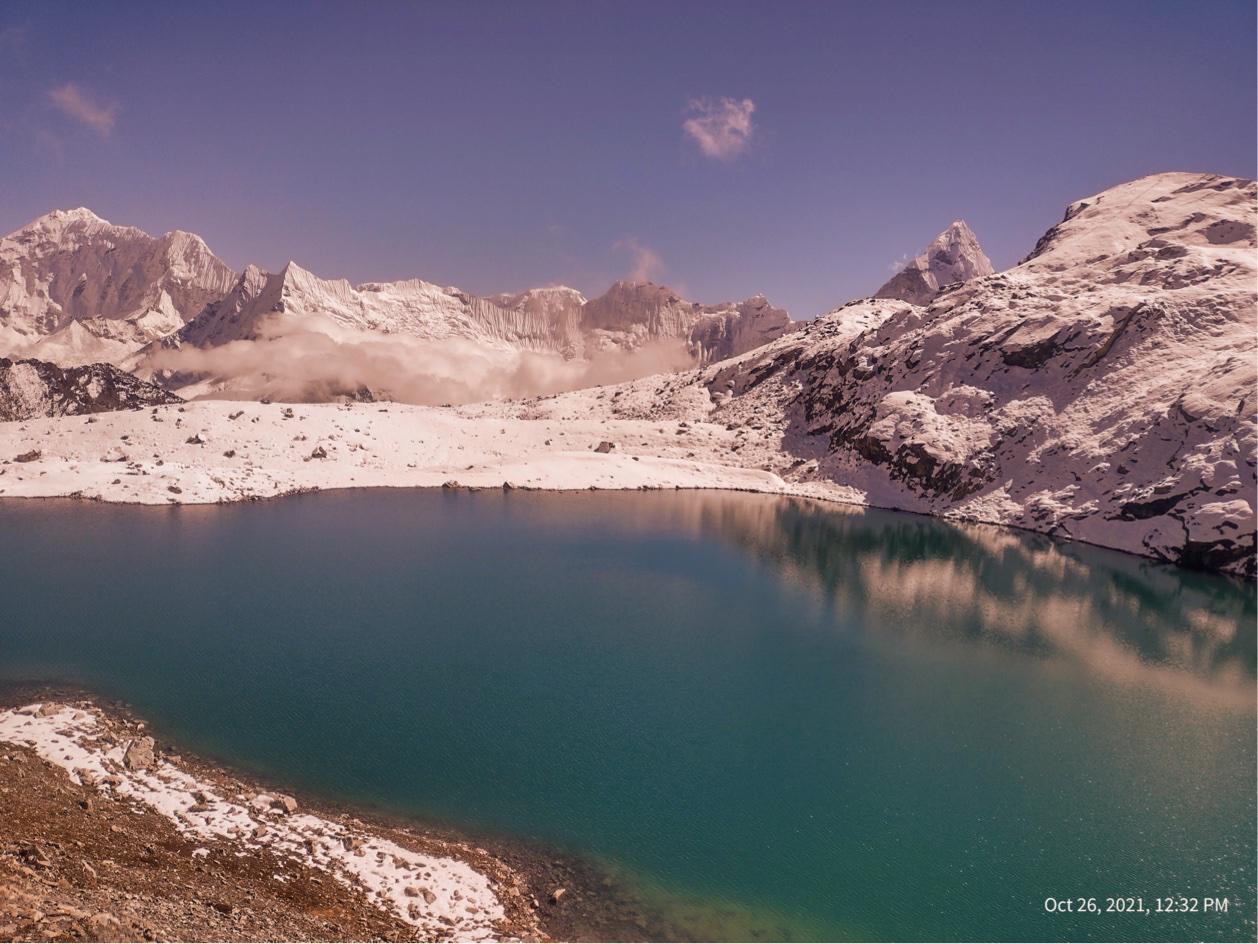
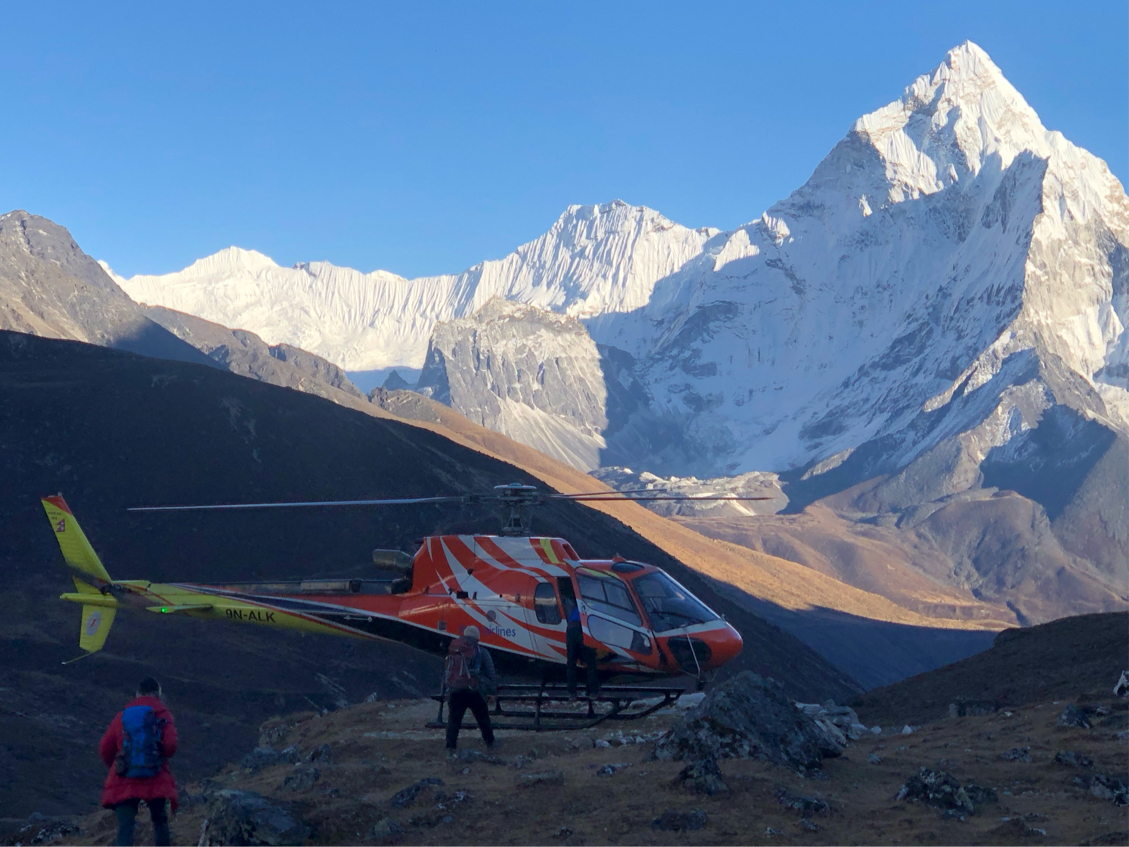
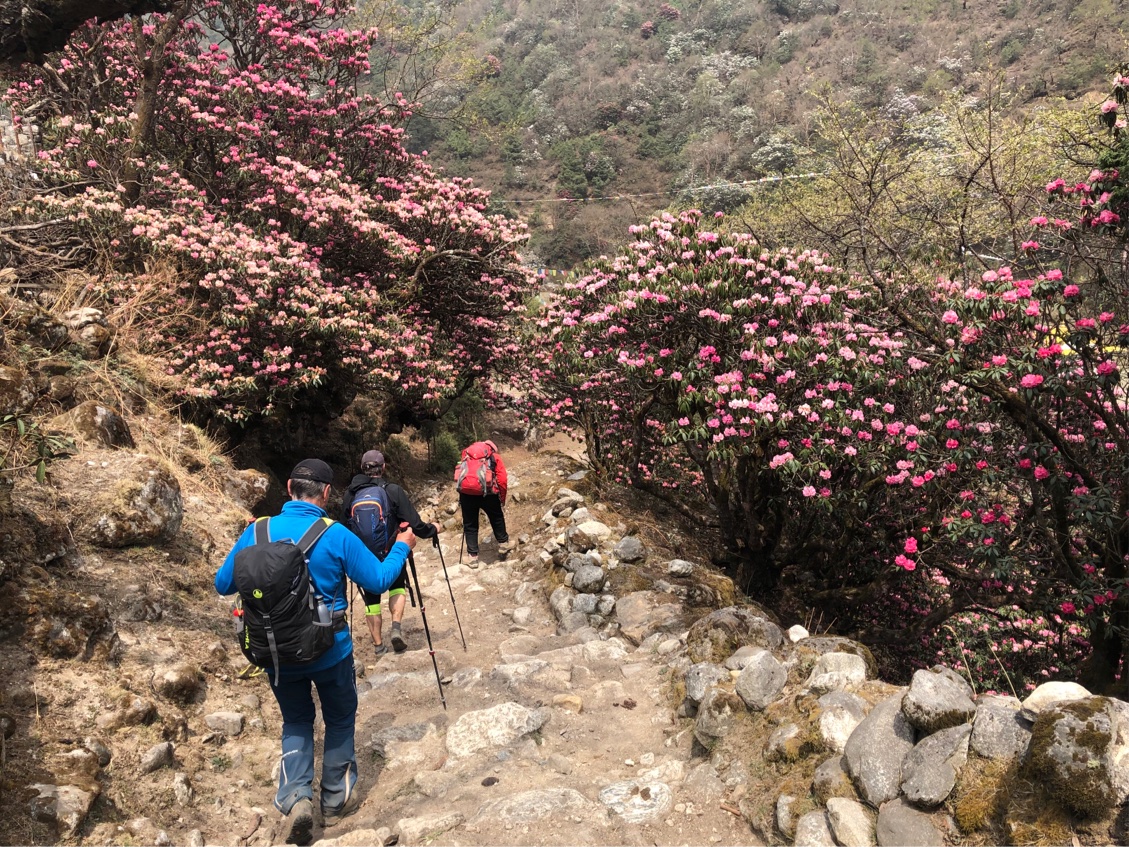
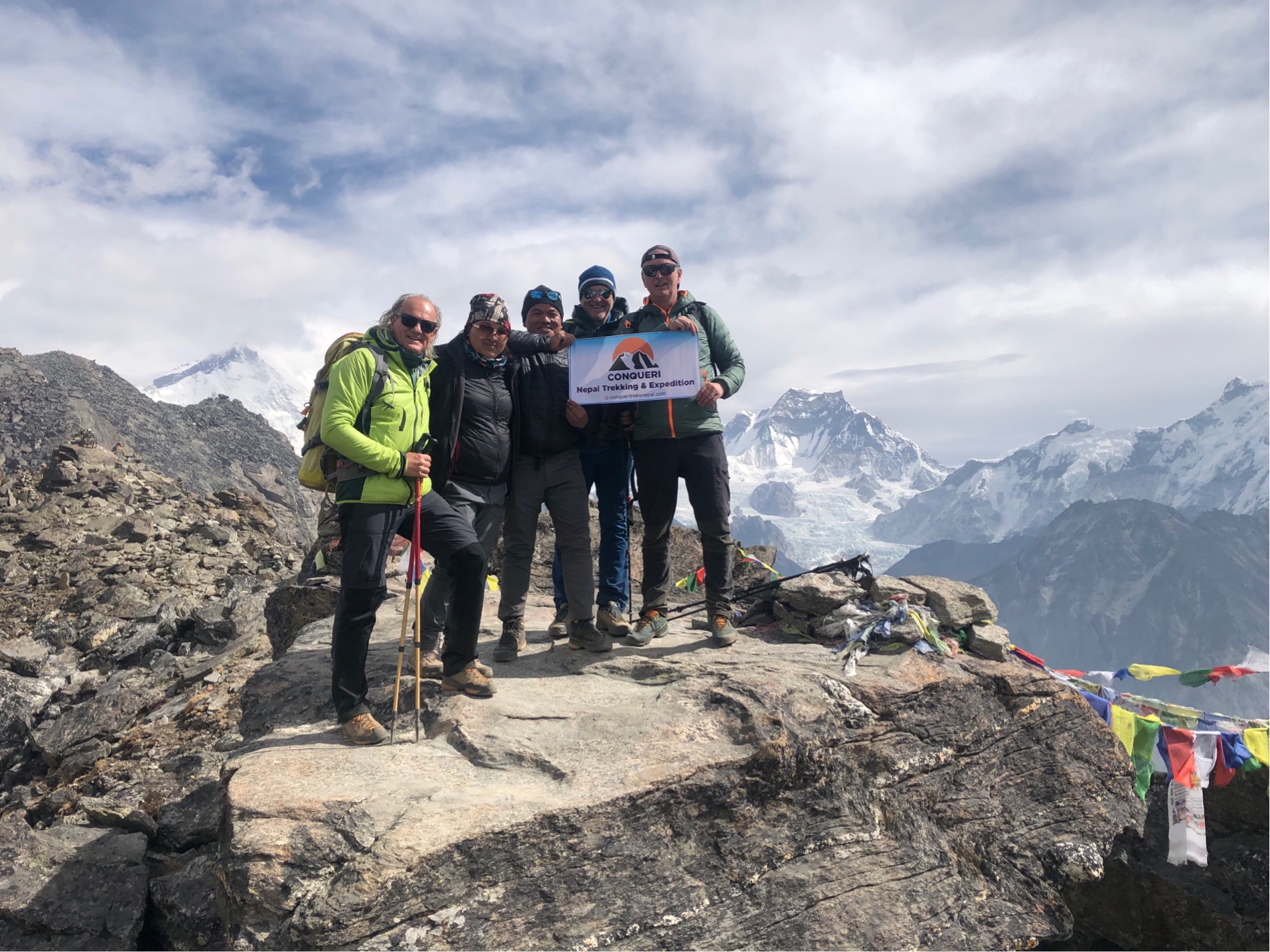
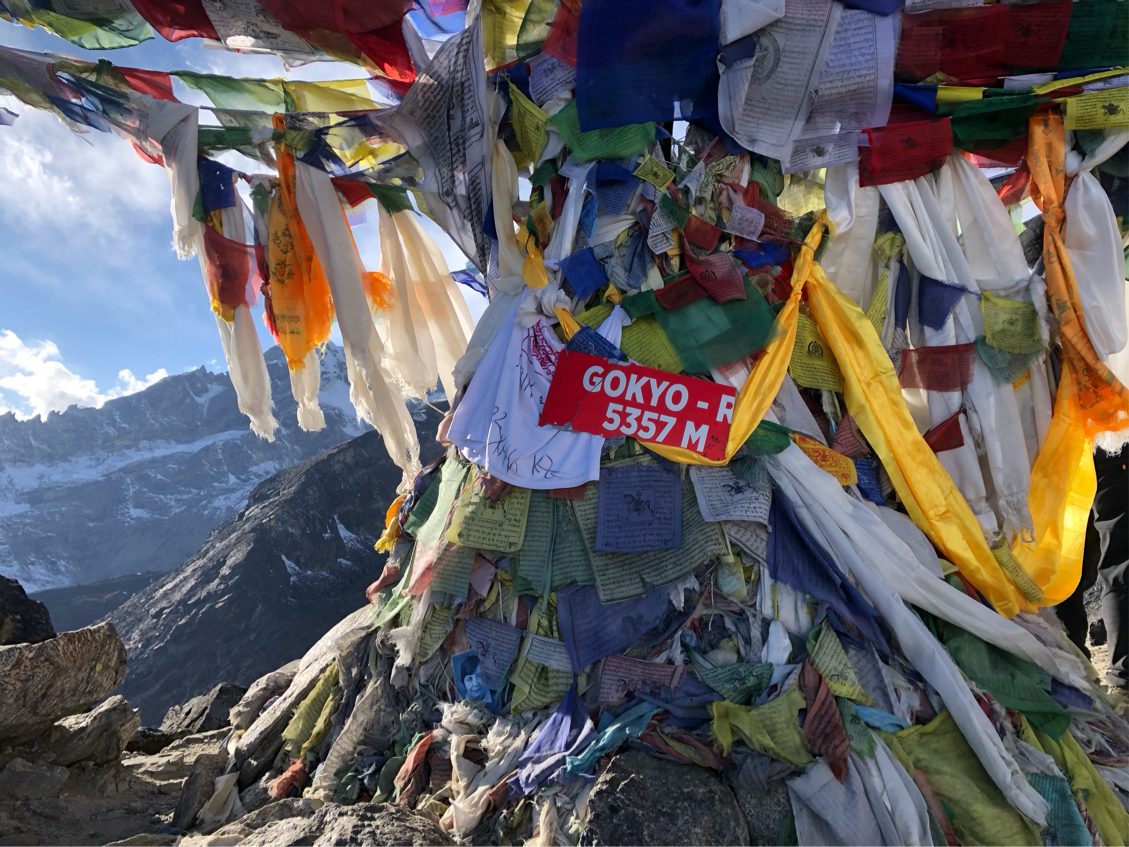
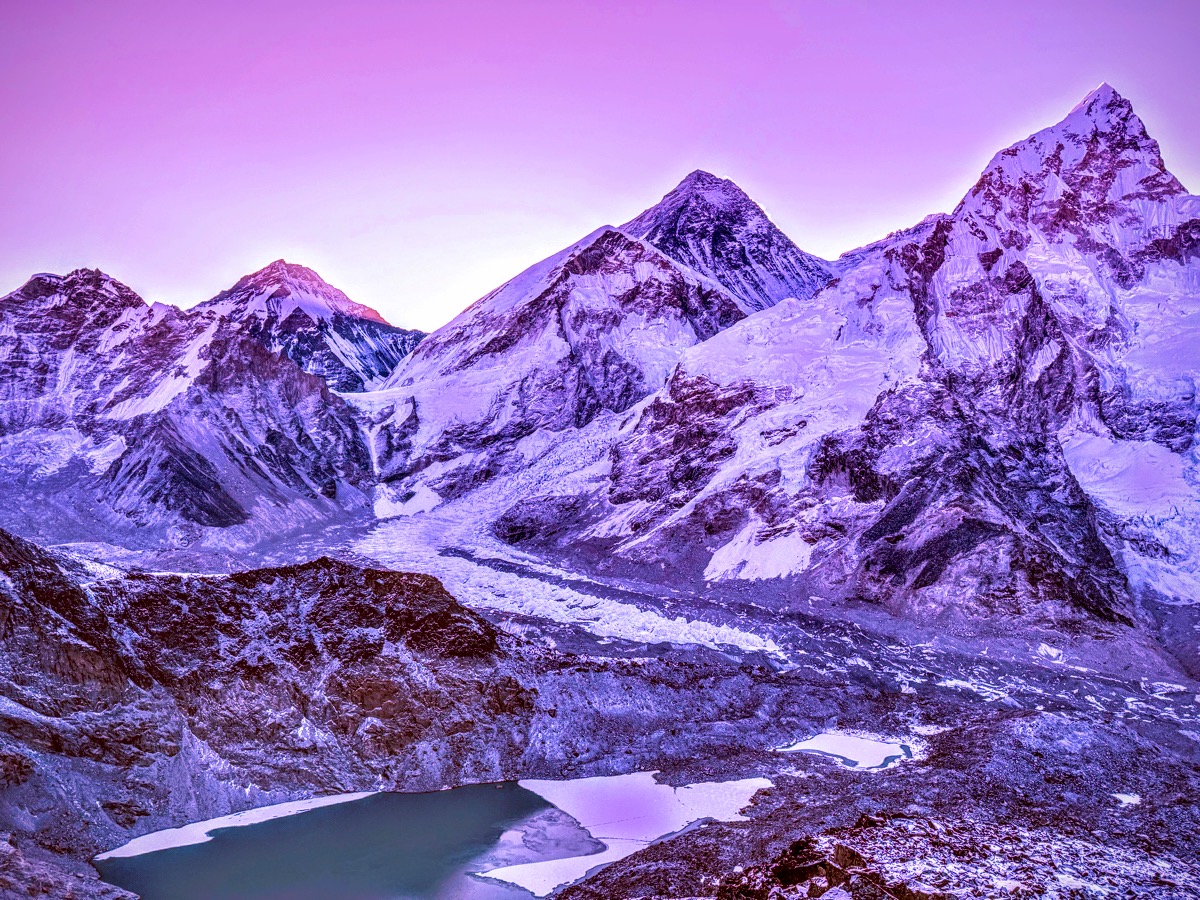
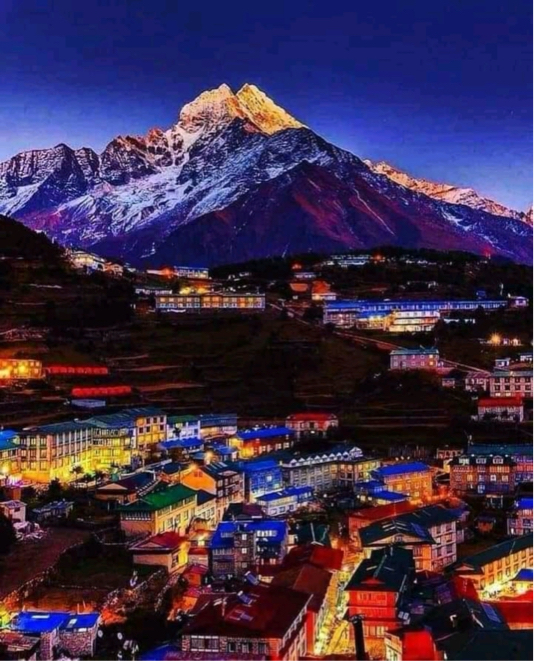

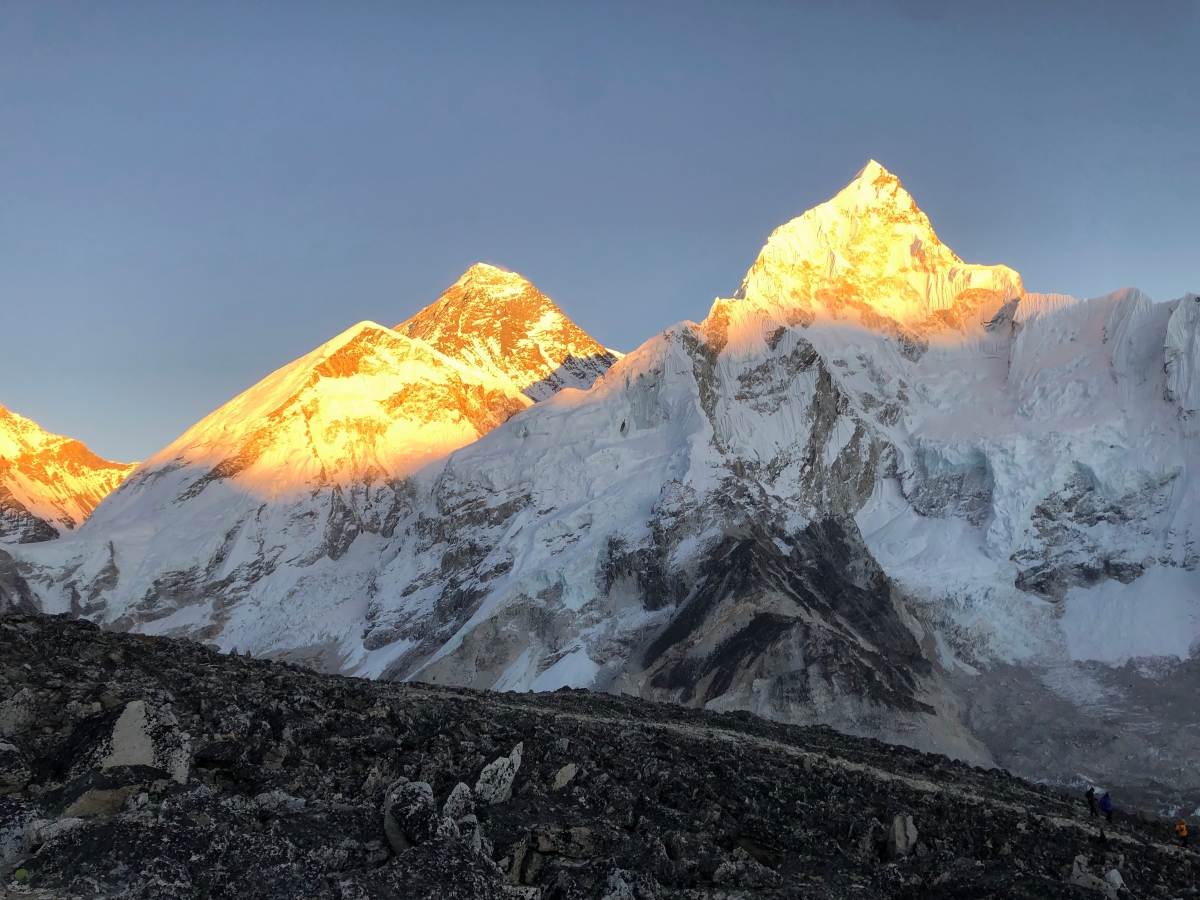
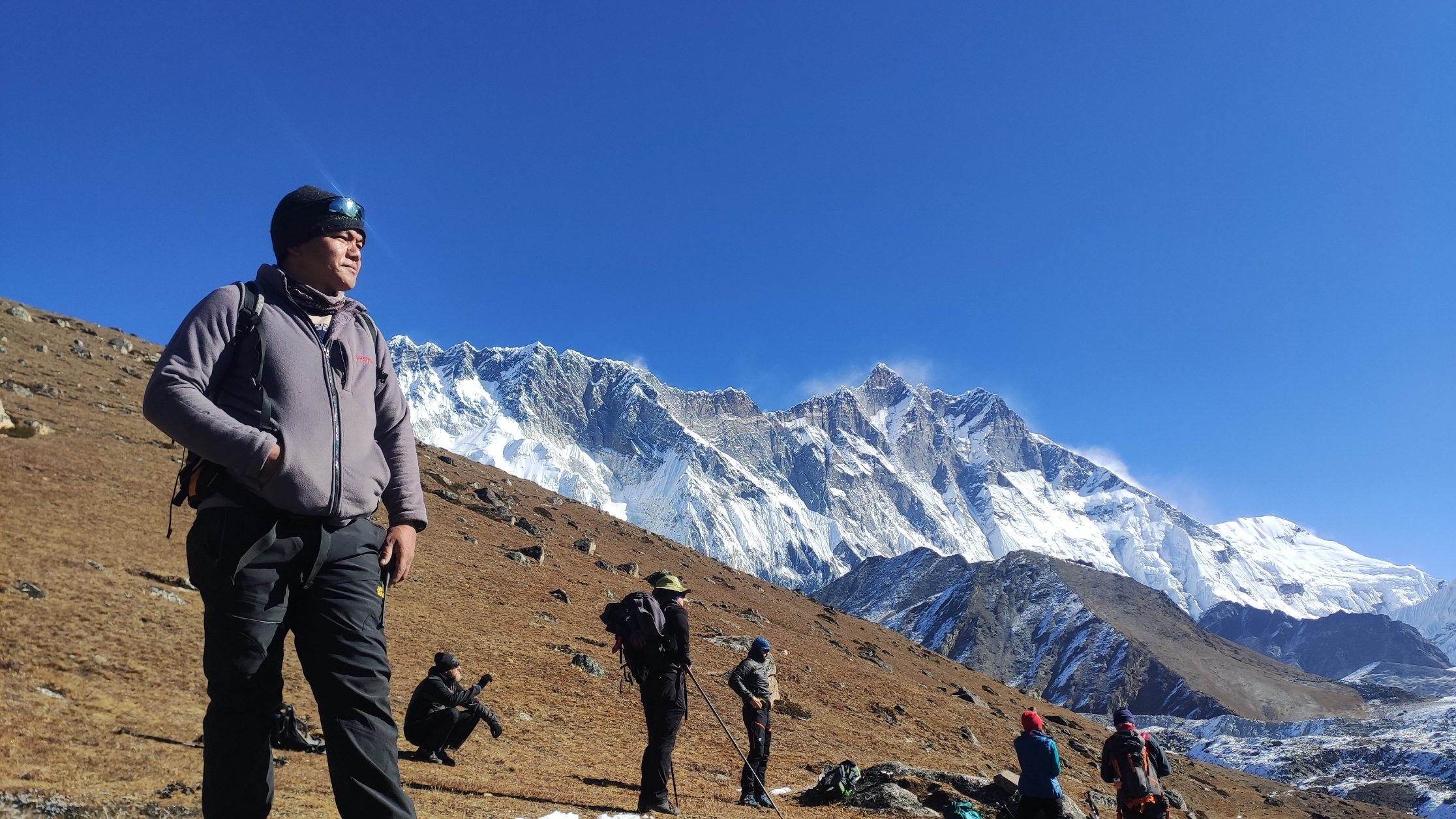
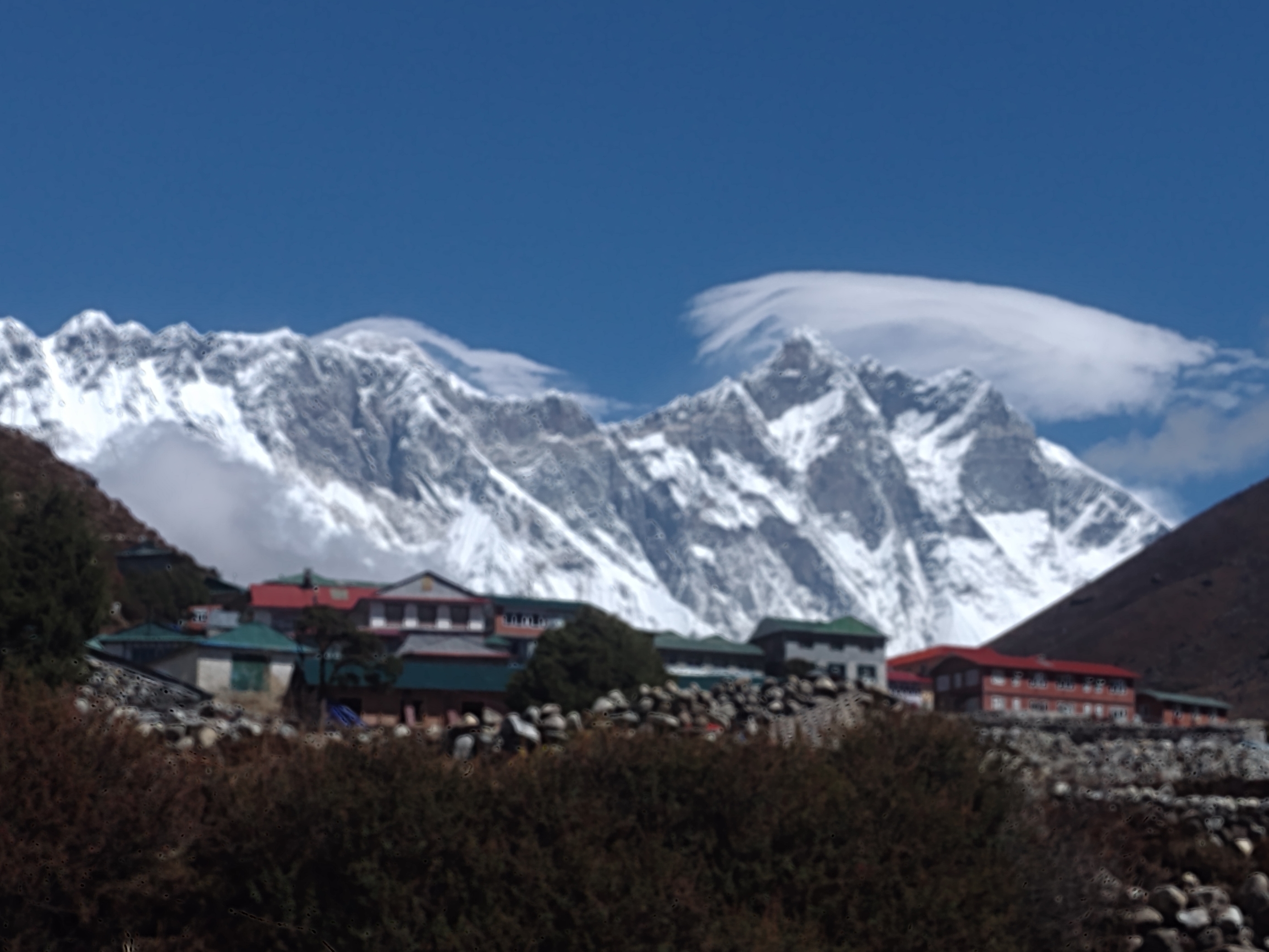
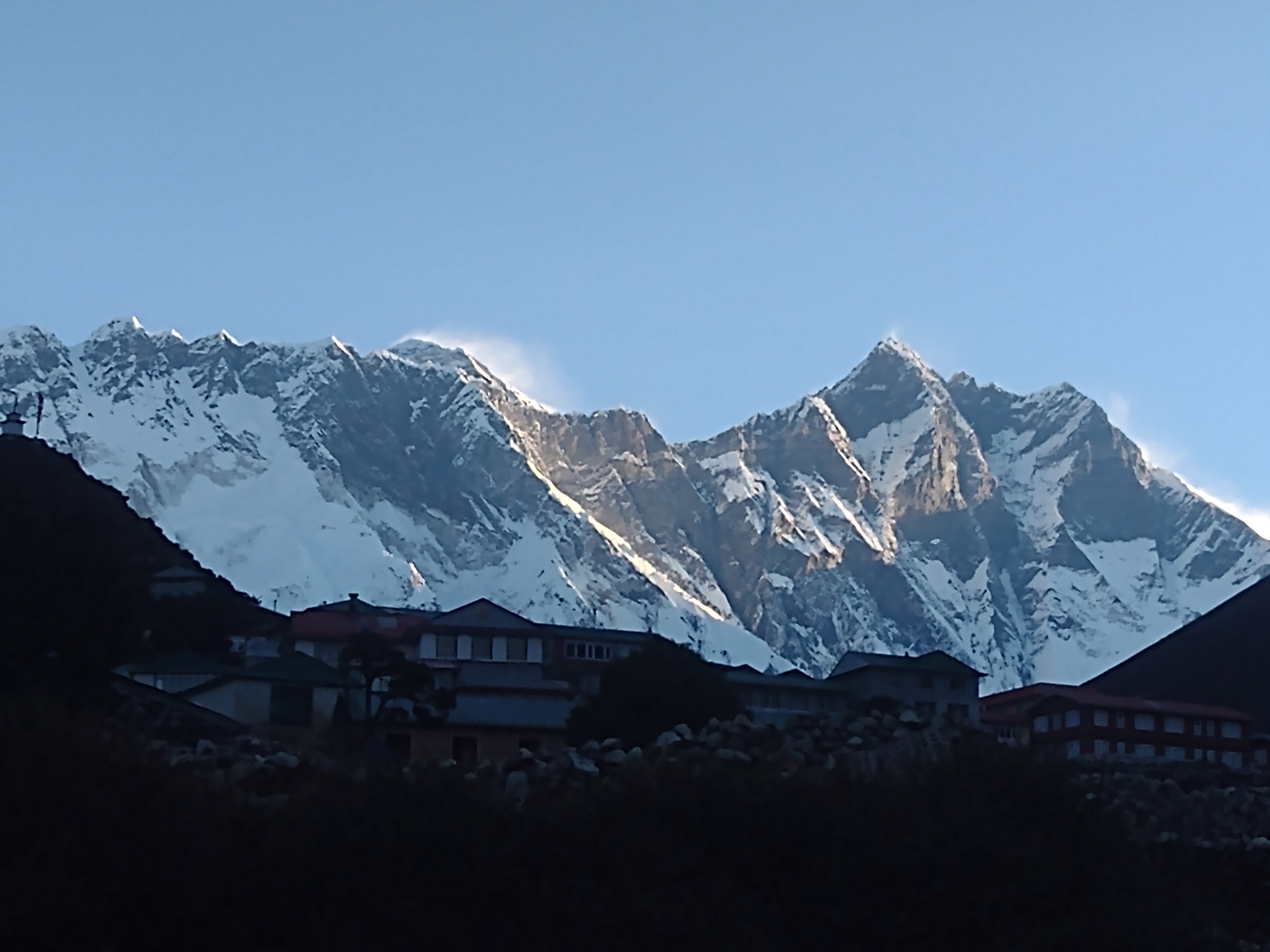
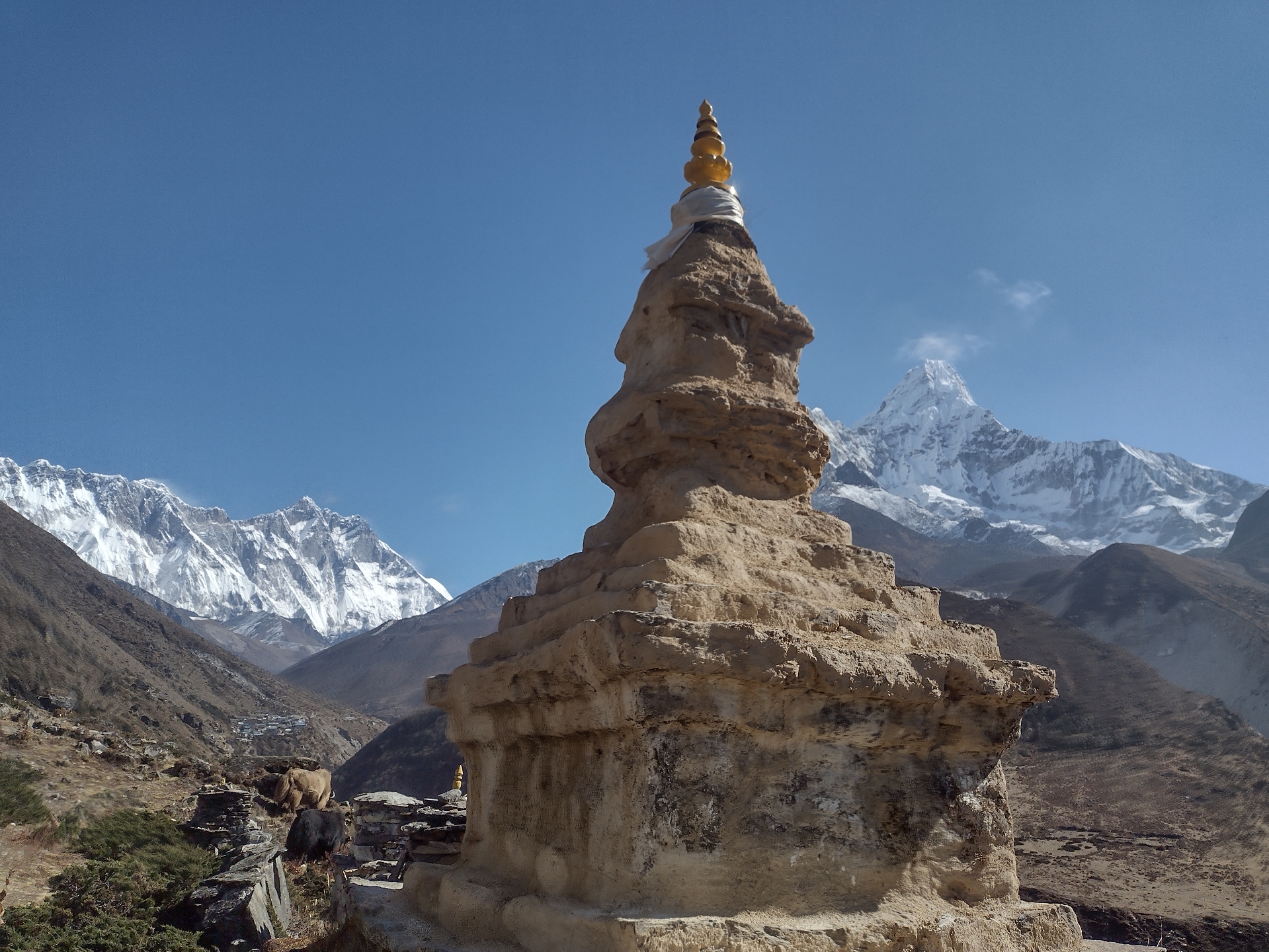
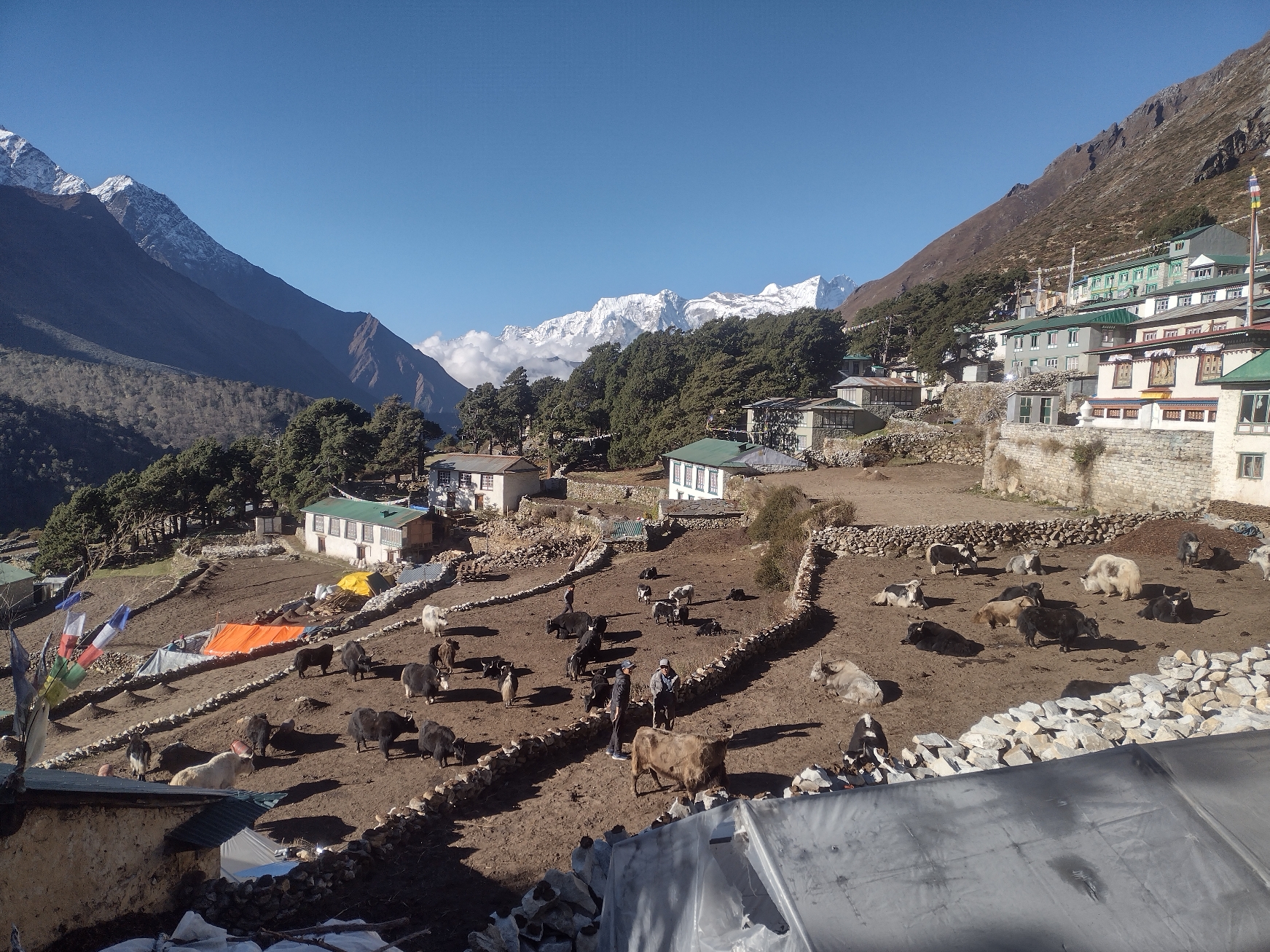
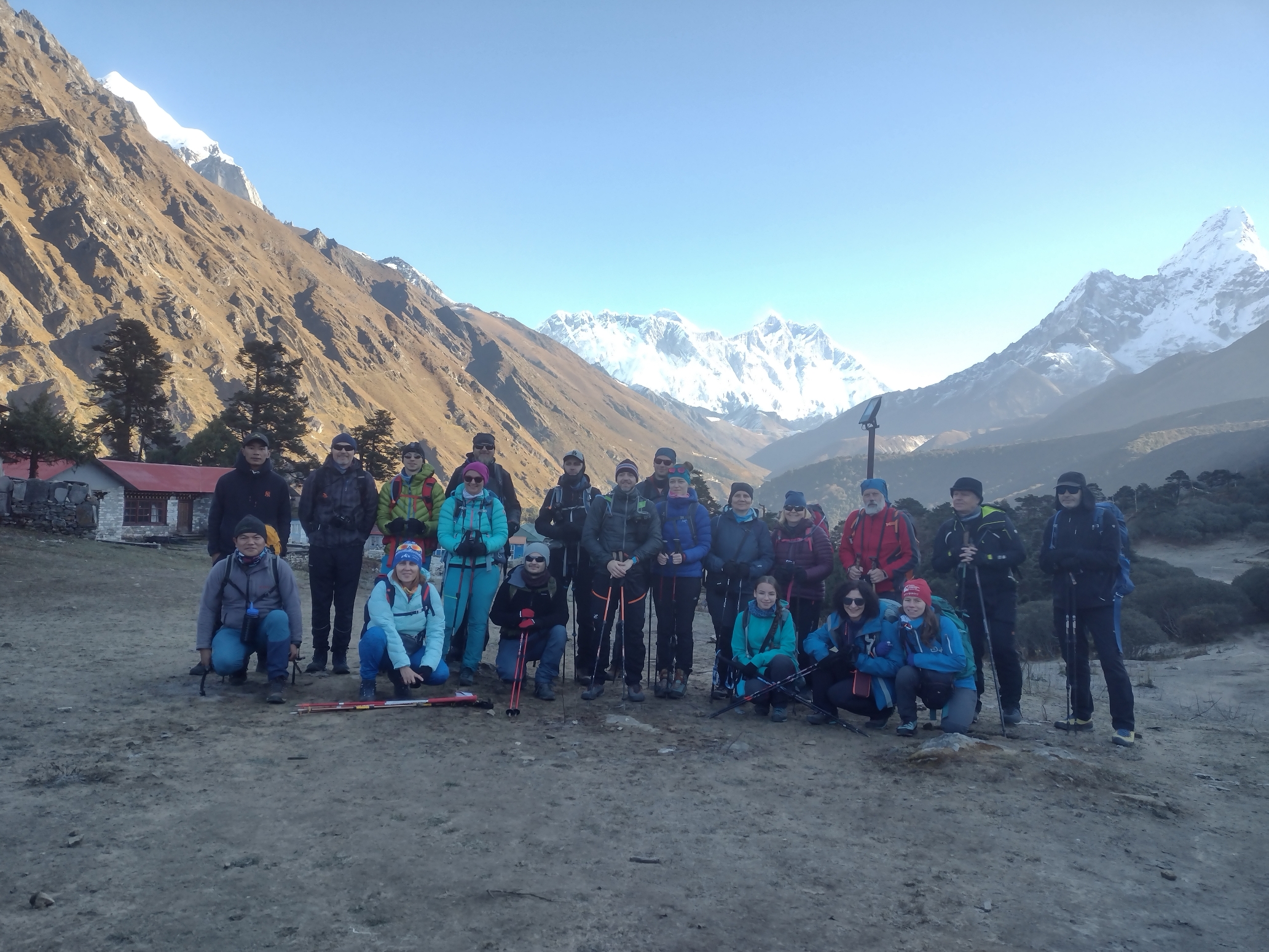
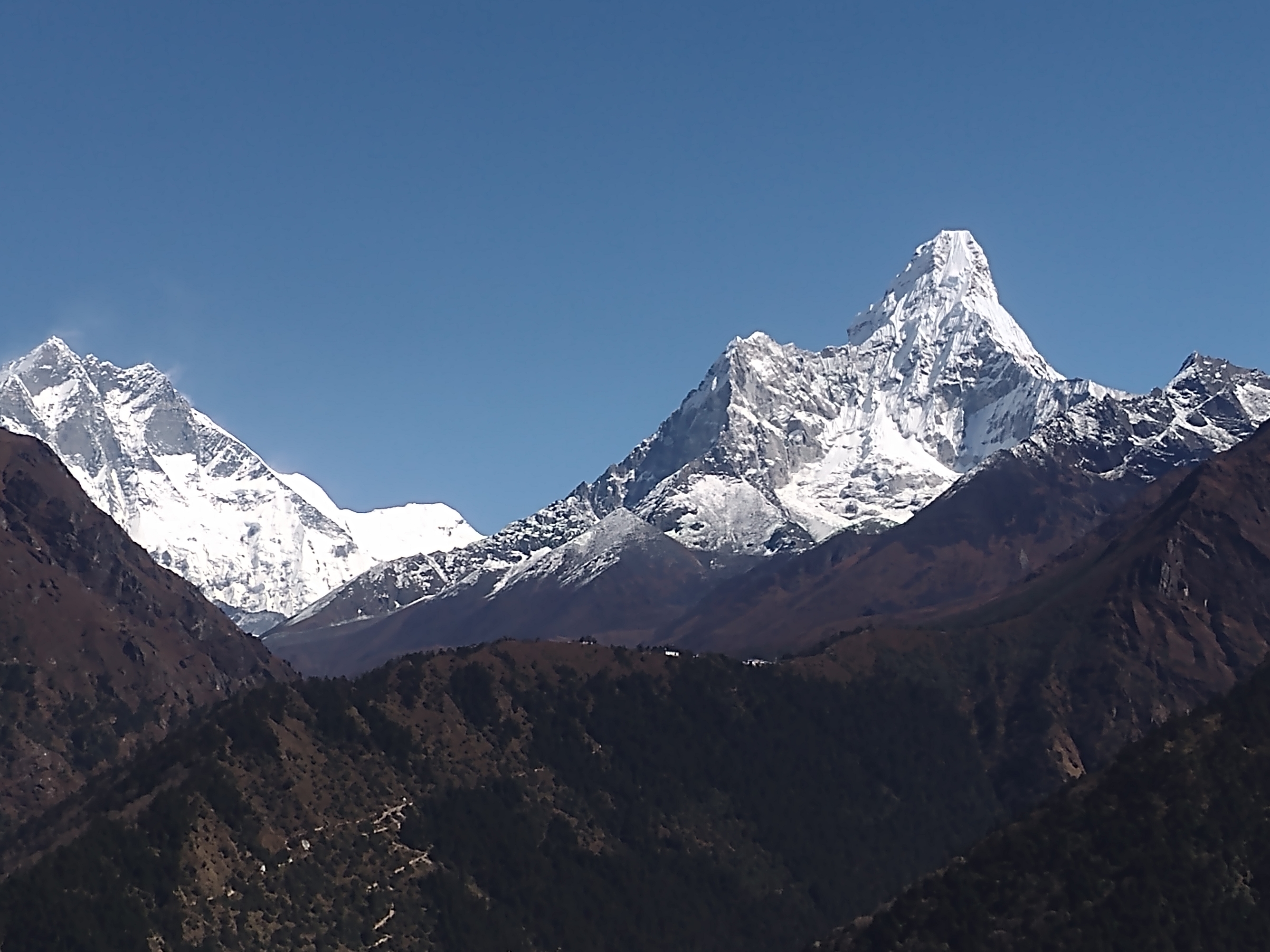
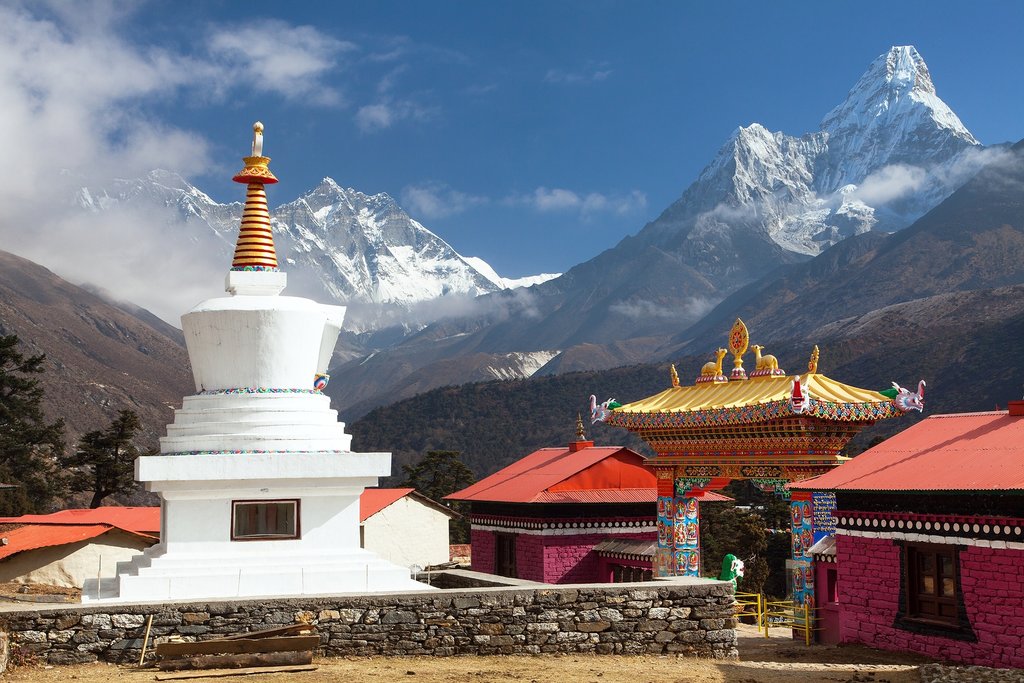
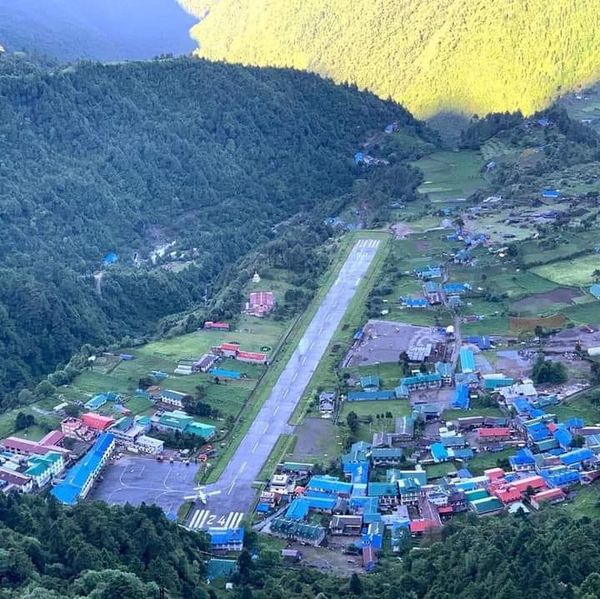
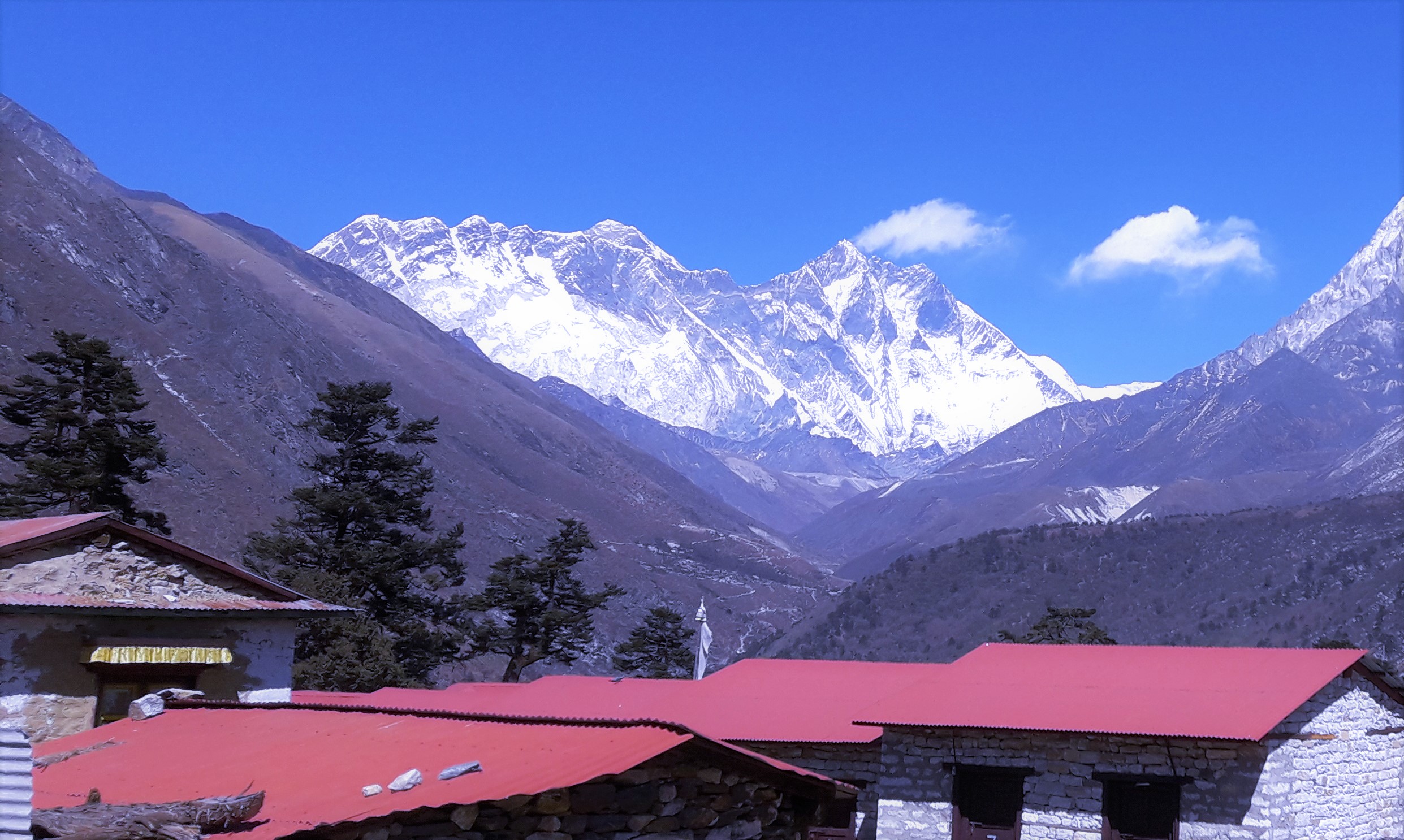
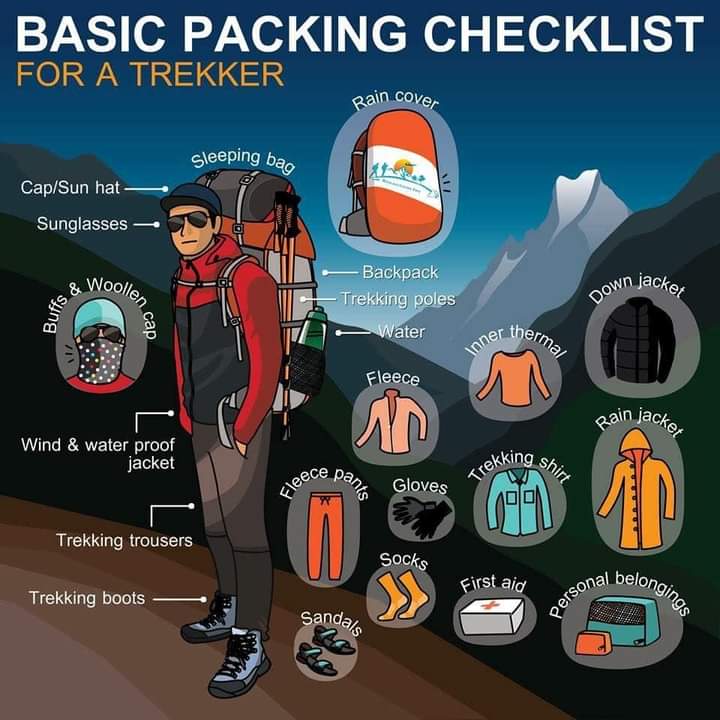

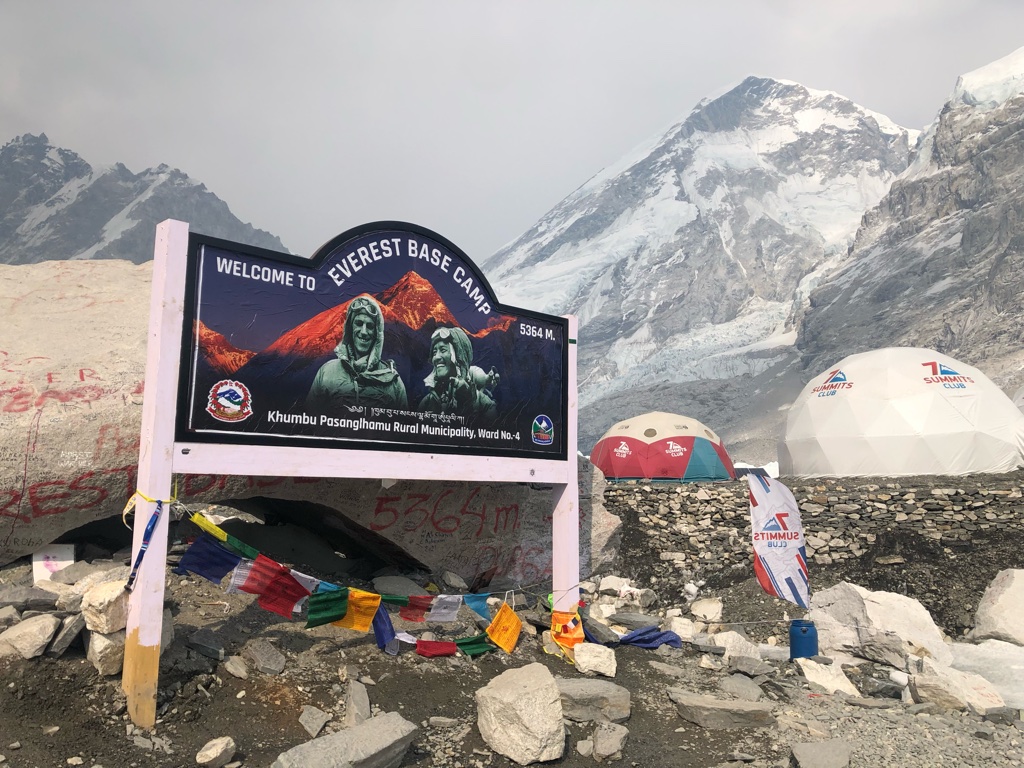
-1696478829.jpg)